Symphorichthys spilurus
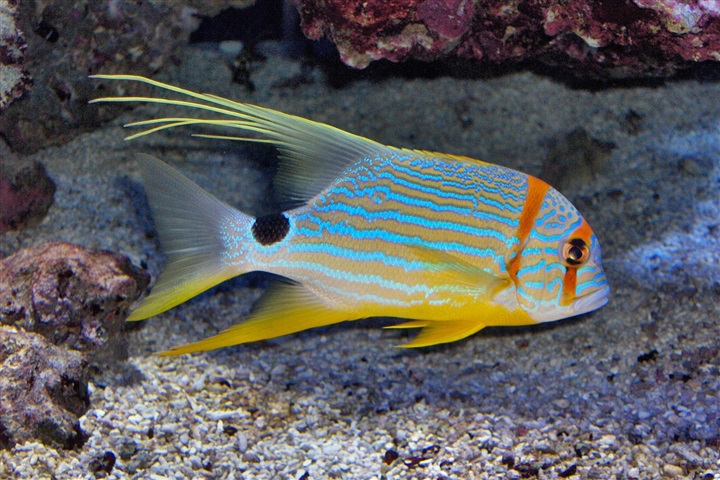
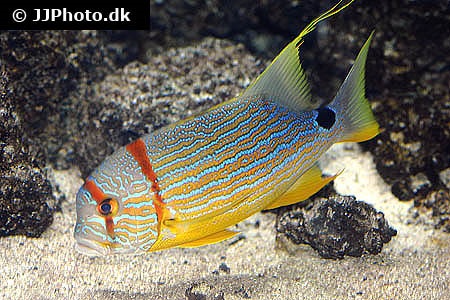
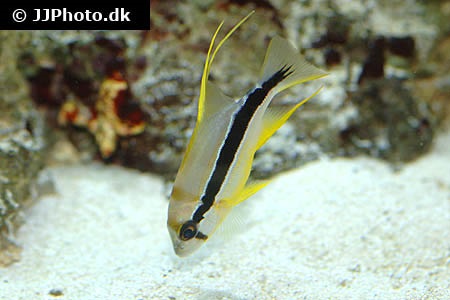
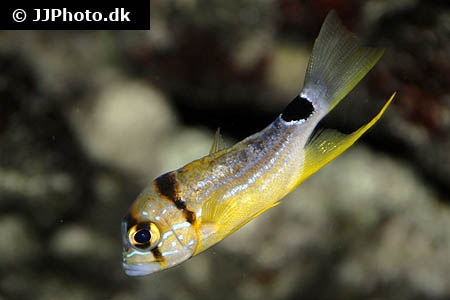
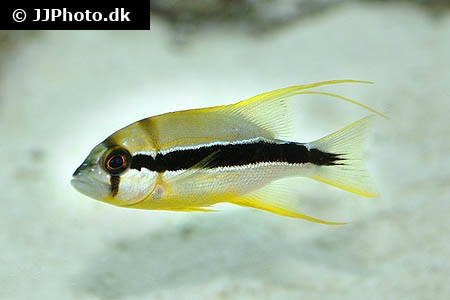
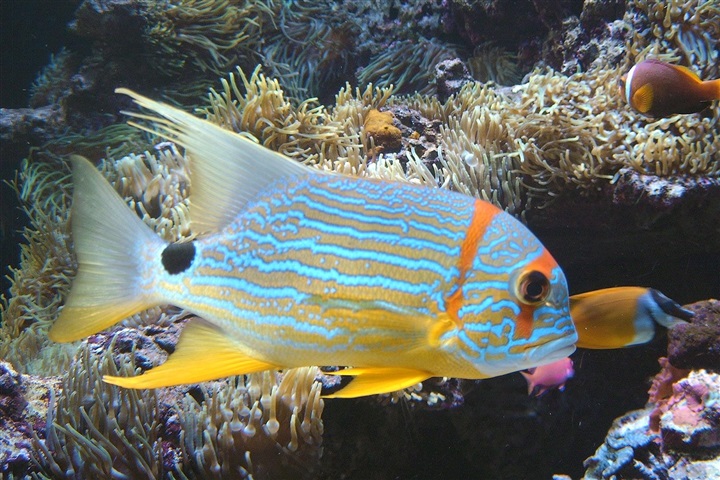
| Latin name | Symphorichthys spilurus - (Günther, 1874) |
|---|---|
| Local name | Sailfin snapper |
| Family | Lutjanidae - Symphorichthys |
| Origin | Australia, Japan, Indonesia, Central/West Pacific |
| Max length | 60 cm (23.6") |
| Minimum volume |
1400 l (369 gal) |
|---|---|
| Hardiness |
Hardy |
| Suitable for aquarium |
Suitable with care |
| Reef safe |
Reef safe with caution |
| Aggressiveness | Aggressive towards other species |
| Recommended |
Fish Larger crustaceans (Shrimp, crabs...) |
|---|---|
| Mostly |
Other invertebrates |
This species grows very quickly if fed well.
This spicies might be a threat to smaller fishes.
This species will eat shrimps, crabs, small bivalves, snails and the like.
This species needs a very large aquarium when fully grown.
Exactly how big the aquarium should be is hard to say, but the size of this species is such, that it cannot normally be kept in a home aquarium.
This species can be extremely aggressive towards other fish.
Be careful when keeping these fish together with peaceful or docile species. Regular feeding, plenty of hiding places and a lot of space can alleviate aggressive behavior to some degree.
These fish flourish better without other members of the same species in the aquarium.
This species eats a great deal and demands an aquarium that can tolerate such a heavy load.
This species will better acclimatize to the aquarium`s condition if introduced, when young.
Very small individuals can be very delicate.
This fish requires feeding several times a day, especially when newly added.
When the fish can find its natural food in the aquarium it requires less frequent feeding.
This species thrives best in an aquarium with overhangs and caves.
This species revels in swimming and requires an aquarium with ample space.
This species can be very shy when first introduced into a new aquarium.
More aggressive fish can be introduced after this species has acclimatized.
Snappers (Lutjanidae) are predatory fish, which normally live off fish and a wide range of invertebrates; typically crustaceans, but also snails, sea urchins, worms etc. They will mostly find their food on the bottom, and some species will blow in the sand to find food.
Unlike the other species, species in the Macolor, Pinjalo and Rhomboplites genera live of the larger kinds of zooplankton.
Snappers are generally fairly hardy, but are only suitable for very large aquaria. One should arrange the tank, with a large overhang or hole where they can hide.
| Aquarium trade | Yes |
|---|---|
| Distribution | Western Pacific: Ryukyu Islands to New Caledonia and the Great Barrier Reef, including New Guinea, Sulawesi (Celebes), Admiralty Islands, Palau, and Philippines. Recently recorded from Tonga (Ref. 53797). Also known from eastern Indian Ocean from Rowle |
| Danish common names |
Sejlfinnesnapper |
| English common names |
Sailfin snapper Blue-lined sea bream |
Scott W. Michael. 2004. Angelfishes and Butterflyfishes (Reef Fishes Series Book 3) TFH Publications / Microcosm Ltd. - (English)
Bob Fenner. Snappers, Family Lutjanidae - Wet Web Media - (English)
WWM Crew. FAQs about Snappers, Family Lutjanidae - Wet Web Media - (English)

